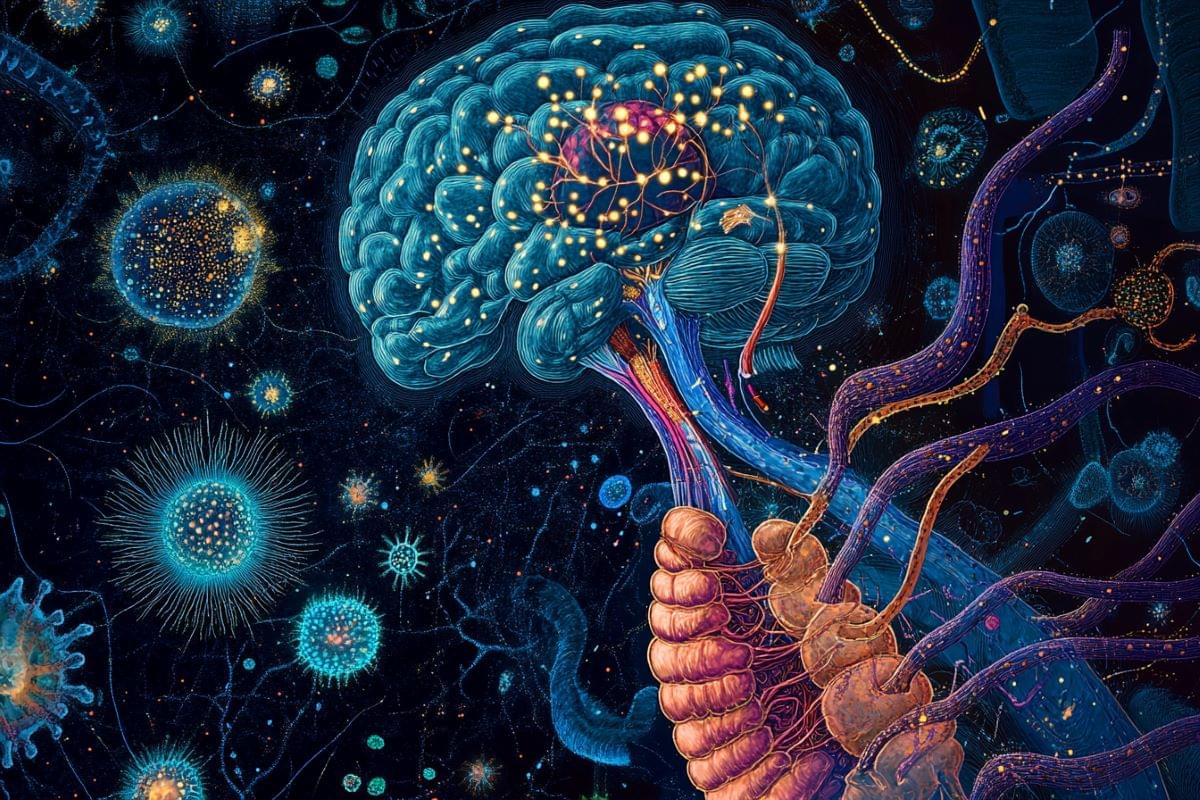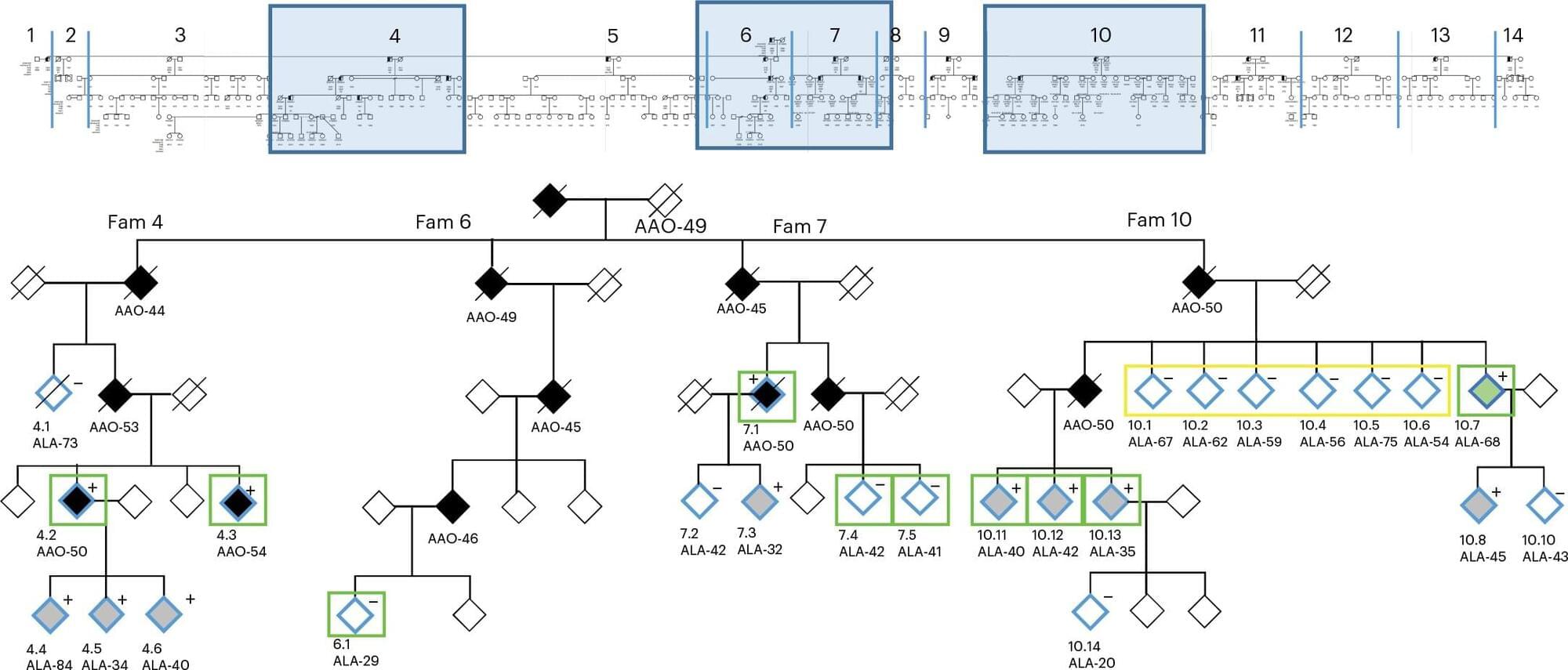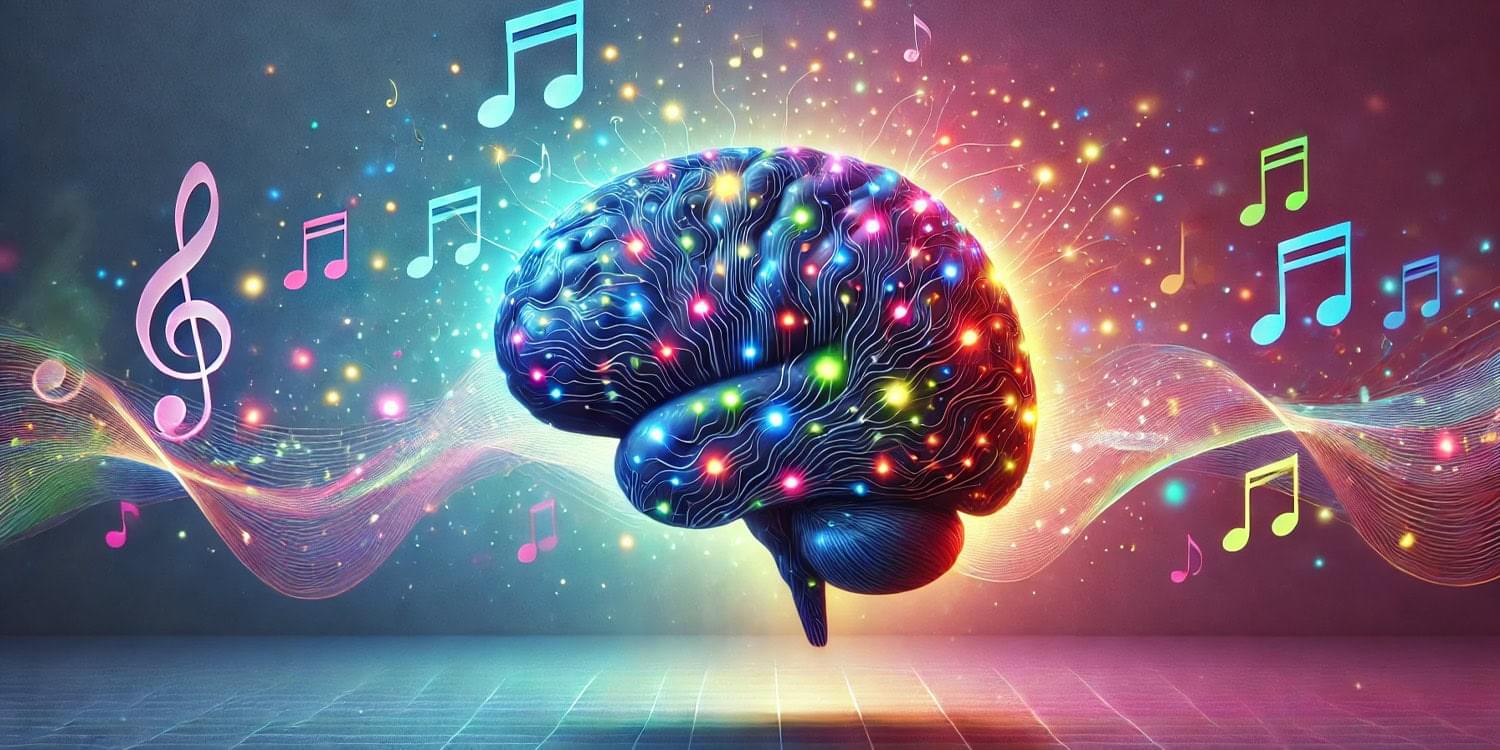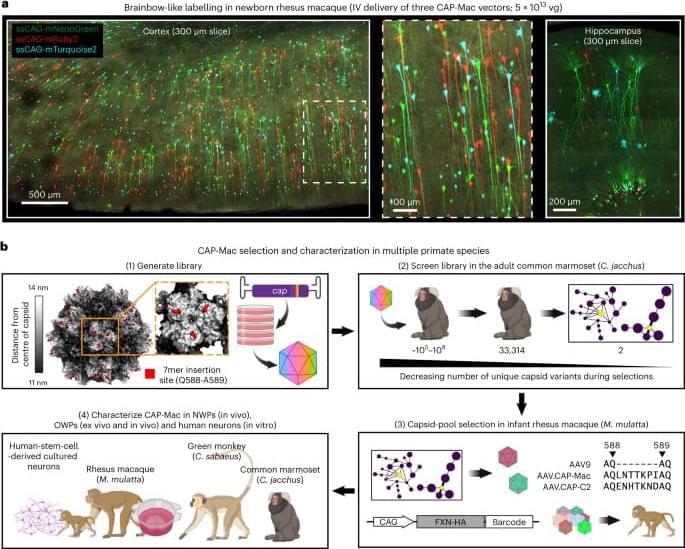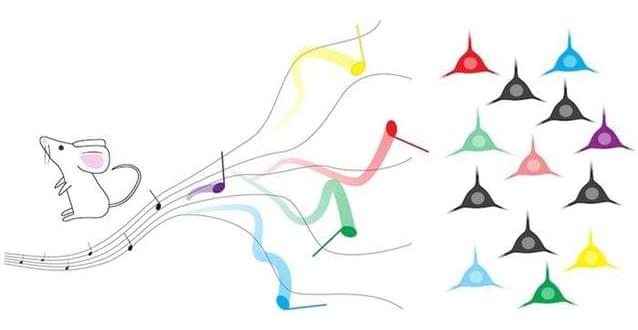Summary: New research provides direct evidence that the gut microbiome communicates with the brain through the vagus nerve. Using germ-free mice, scientists observed significantly reduced vagal nerve activity, which returned to normal after introducing gut bacteria.
When antibiotics were used to eliminate bacteria in normal mice, vagal activity dropped but was restored when microbiome-derived intestinal fluids were reintroduced. Specific metabolites, including short-chain fatty acids and bile acids, were identified as key activators of vagal neurons.
These signals extended to the brainstem, confirming a clear gut-to-brain pathway. The findings advance understanding of the gut-brain axis and may lead to new treatments for neurological and gastrointestinal disorders.
